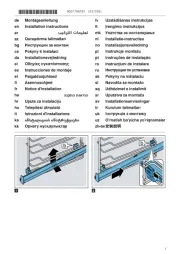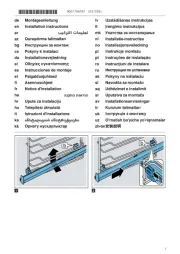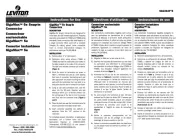Kathrein ESO 005 Manual
Læs gratis den danske manual til Kathrein ESO 005 (4 sider) i kategorien Ikke kategoriseret. Denne vejledning er vurderet som hjælpsom af 19 personer og har en gennemsnitlig bedømmelse på 4.5 stjerner ud af 10 anmeldelser.
Har du et spørgsmål om Kathrein ESO 005, eller vil du spørge andre brugere om produktet?

Produkt Specifikationer
| Mærke: | Kathrein |
| Kategori: | Ikke kategoriseret |
| Model: | ESO 005 |
Har du brug for hjælp?
Hvis du har brug for hjælp til Kathrein ESO 005 stil et spørgsmål nedenfor, og andre brugere vil svare dig
Ikke kategoriseret Kathrein Manualer
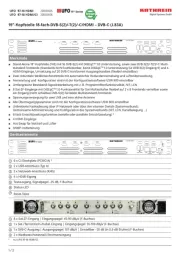





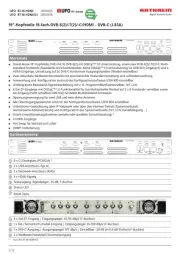



Ikke kategoriseret Manualer
- DCG
- PAX
- Echowell
- Colonial Elegance
- Ram Audio
- Xvive
- OOONO
- Collective Minds
- AVM
- Command
- Garden Place
- Prixton
- Harley Benton
- Jordan
- Lanzar
Nyeste Ikke kategoriseret Manualer
